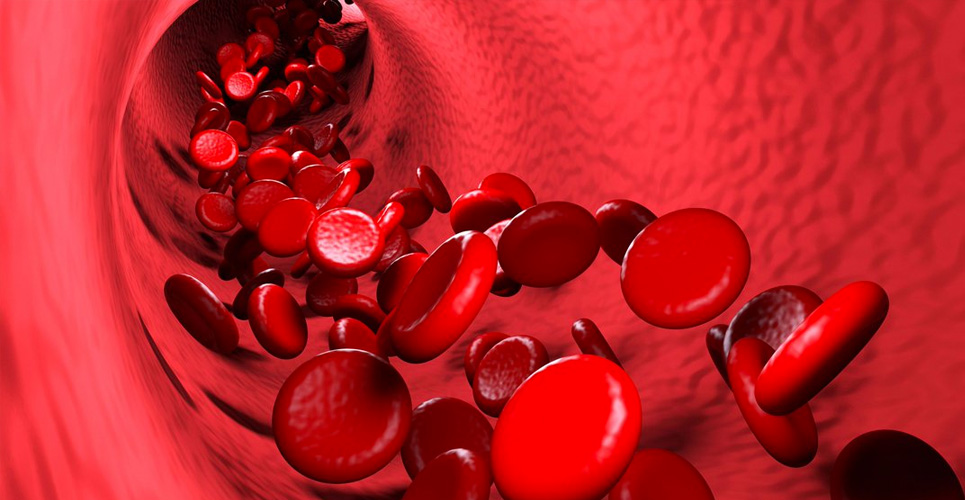Clinical study data on switching haemophilia A and B patients from on-demand treatment to extended half-life (EHL) prophylaxis showed a positive impact on clinical outcomes, with improvements in quality of life (QoL) and reduced annual bleeding rates (ABR).
The results of these joint studies by Sobi and Sanofi were presented at ISTH 2019, the 27th Congress of the International Society on Thrombosis and Haemostasis, in Melbourne, Australia, on 7, 8 and 9 July 2019.
“This data supports the observation that the introduction of EHLs has allowed for people with haemophilia to live a life beyond haemophilia, with increased quality of life and a greater ability to engage in sports and activities,” says Armin Reininger, Head of Medical and Scientific Affairs at Sobi. “Improved opportunities to personalise treatment are valuable in this respect, and personalisation is only possible using replacement factor.”
The introduction of EHL factor replacement products has led to patients switching from standard half-life products to EHLs as well as from on-demand treatment to EHL prophylaxis. Clinical studies and surveys with treating physicians presented at ISTH show that the outcome of this switch has largely been beneficial.
For people with haemophilia who switched from on-demand to prophylactic rFVIIIFc (Elocta) or rFIXFc (Alprolix) treatment, the clinical studies showed benefits including reduced ABRs which were maintained long-term, with improved joint health and quality of life, at stable factor usage levels. The most pronounced differences in quality of life were related to sports, leisure and physical health.
In a survey among physicians who had switched patients from standard half-life products to EHLs, a majority reported improved quality of life, treatment adherence and disease control, and reduced treatment burden, after a switch to rFVIIIFc or rFIXFc. Most physicians surveyed believed EHLs allow treatment personalisation and can lead to a more active life without worry about bleeds.
Results from the studies
Within the A-LONG and ASPIRE (Elocta), and B-LONG and B-YOND (Alprolix) studies, analyses of the long-term outcomes of patients with severe haemophilia A and B who had been switched to prophylaxis with Elocta or Alprolix from on-demand treatment were presented.
Of 70 subjects with severe haemophilia A switching from on-demand to prophylaxis in A-LONG/ASPIRE, 67 (96%) continued prophylaxis for ≥6 months with a median duration of prophylactic treatment with rFVIIIFc of 4.8 years.
The median weekly dose was stable and median intervals increased from 3.5 to 5.0 days at start versus end of follow-up. Median overall ABR was 30.0 with on-demand versus 1.5 on prophylaxis, and stable over time.
Joints with pain decreased in 29% of subjects and joint health measured using modified Haemophilia Joint Health Score (mHJHS) was improved, as was quality of life in relation to areas such as sports, leisure and physical health.
Similarly, of 52 subjects with severe haemophilia B switching from on-demand to prophylaxis in B-LONG/B-YOND, 50 (96%) continued prophylaxis for ≥6 months with a median duration of prophylactic treatment with rFIXFc of 3.6 years.
The median weekly dose and dosing interval were stable from start of prophylaxis to the end of follow-up. Median overall ABR was 24.2 with on-demand versus 2.0 on prophylaxis, and stable over time. Quality of life improved, in relation to areas such as sports, leisure and physical health.
This data demonstrates the positive impact on clinical outcomes of switching from on-demand to rFIXFc prophylaxis.
Furthermore, Sobi conducted a survey in five European countries of physicians’ treatment-switching practice in prophylaxis for people with haemophilia A and B.
An online questionnaire was given to physicians in Germany, France, the UK, Italy and Spain regarding treatment practices, factor prescription and switches to EHL products in their centres: 37 physicians took part, providing information on 113 patients switched from FVIII prophylaxis to Elocta (EHL rFVIIIFc) and on 36 patients switched from FIX prophylaxis to Alprolix (EHL rFIXFc).
Bleed rates, pharmacokinetics, joint health and adherence were considered most important outcomes to assess in routine care and when switching to an EHL. Physicians reported decreased weekly dose, injection frequency and estimated ABR after a switch to rFVIIIFc or rFIXFc.
In haemophilia A, most physicians believed that EHLs allow treatment personalisation and a more active life without worry about bleeds, and a majority reported improved QoL, adherence, disease control and reduced treatment burden after a switch to rFVIIIFc.
In haemophilia B, most physicians perceived a reduced treatment and disease burden, less pain, and improved QoL and adherence in patients.

